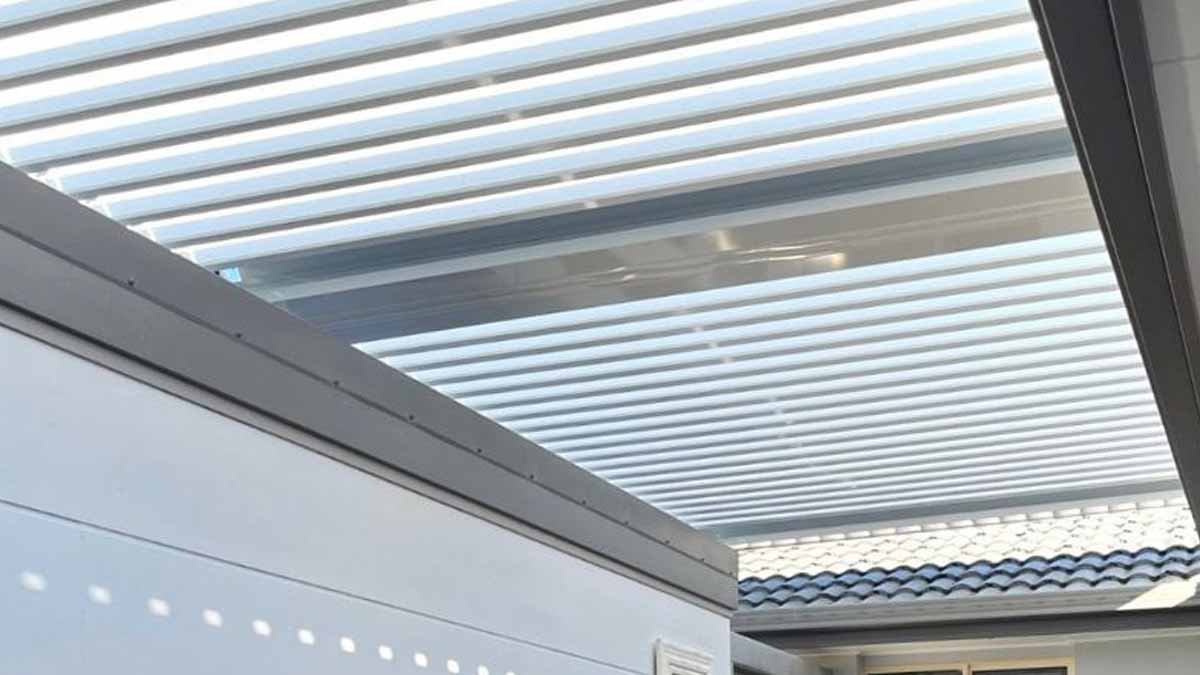The pergola has ruled outdoor spaces for years, yet its tidy lines now feel distant from real life. In 2025, a gentler idea returns with grace: the arbour, light, poetic, and alive. Clothed with plants and soft fabric, it brings shade that breathes. On terraces, this touch of romance changes the mood at once, inviting slow moments, simple beauty, and authentic comfort. It keeps choices open, adapts to small spaces, and fits urban life as easily as a country garden.
Why the arbour steals the show from the pergola
An arbour changes the outdoor scene with almost no effort. Its open frame feels light, yet it shapes space and shade. Climbers turn metal or wood into a green roof, fragrant and cool. The look reads romantic, nostalgic, and welcoming, without heavy lines or clutter.
Pergolas defined the last decade with adjustable louvers and strong aluminum lines. That formula works, yet looks repeated everywhere, street after street. Many people now want places with character, not copies. An arbour answers with airy curves, subtle shadows, and seasonal change that feels personal.
Under an arbour, time slows. You can eat, read, talk, or nap while light filters through leaves. Sheer curtains drift in a breeze and soften heat. Lanterns and garlands sparkle at night, turning a corner of the garden into a gentle, lived-in summer room.
Terraces reclaim romance with airy, living shade
An arbour is a simple structure: four posts, a light roof, with crosspieces for vines. Wrought iron brings charm; steel gives strength; timber adds warmth. Canvas, voile, or canisse soften sunlight. Plants do the rest, building a living canopy that thickens with every new shoot and season.
Choose a sunny spot with airflow, then mark clear dimensions. Fix posts in anchors or concrete, keeping them plumb. Add rafters, then a light top, and protect the frame. On terraces, use plate feet and care for waterproofing so the structure sits secure, tidy, and ready for plants.
Compared with a bioclimatic pergola, an arbour moves with the garden. Louvers give control; vines give life. You trade full weather proofing for breeze, scent, and soft shade. Plan irrigation lines and prune carefully. Guide shoots early, because plants climb fast and need direction to keep entries and exits clear.
Practical impacts, benefits, and easy best practices
Shade from foliage cools air by evaporation and blocks glare without closing the sky. That balance helps moods and lengthens outdoor time. Flowering species add scent and pollinators. Prune after bloom, tie stems with soft ties, and keep airflow around seating for comfort, safety, and healthy leaves.
Common mistakes are simple: posts not plumb, frames unprotected, or vines planted too near footings. Leave planting space, add drip lines, and seal cut ends. Use breathable fabric, not plastic, for summer softness. Check fixings each spring; quick attention prevents wobble, rust, and fabric wear before the warm months arrive.
Quick checklist: choose structure, confirm load, prepare ground, fix posts, protect frame, plant climbers. Fast answers: can it be moved later? Yes, with plate feet. Can it face wind? Yes, with bracing and anchors. Will shade grow quickly? Choose jasmine, hops, or vine varieties that root fast.
Costs, materials, and durability compared with pergolas on terraces
Budgets guide choices. A custom bioclimatic pergola can run to several thousand euros, mainly for motorization, sensors, and heavy frames. Many arbours cost under a thousand, especially in steel or simple wood. That gap frees money for plants, seating, textiles, and lighting that shape experience more than pure hardware.
Durability follows finish and care. Powder-coated steel resists rust; aluminum stays light; hardwood ages with grace when oiled. Joints need tightening each spring. On terraces, plate feet isolate posts from water, limit stains, and spread loads. Those choices keep frames true, fabrics clean, and anchors in wind and weather.
Technology still shines in modern pergolas. Motorized louvers react to rain; sensors close roofs; integrated lighting flips on from a phone. These comforts suit exposed plots and changeable climates. Many owners prefer plant-made shade. They accept drizzle and leaf litter because mood, scent, and movement feel worth the tradeoff.
Styling ideas for nights, seasons, and small spaces
Make scenes with simple pieces : a bistro table, linen cushions, and a woven throw. Hang lanterns at different heights and run solar garlands along the frame. Use sheer curtains to calm glare. Plants paint the ceiling; scent arrives at dusk; conversations linger as the light fades and cicadas start.
Think in seasons, not snapshots. Spring brings shoots; summer gives dense shade; autumn frames color; winter reveals structure that still charms. For balconies and patios, choose compact frames and light vines. On terraces, scale furniture and planters to leave clear paths so the space feels open and calm.
Low-effort care keeps beauty steady. Water at roots, not leaves, and mulch to hold moisture. Choose climbers for bees and butterflies, support stems with soft ties, and cut back after flowering. Repaint metal when chips appear and oil wood yearly; small rituals protect the frame and extend the season.
A softer outdoor ideal for 2025 and beyond
The arbour answers a wish many felt but rarely named: gentler spaces that breathe, bloom, and slow time. It trades hard edges for living outlines, and gadgets for scent and movement. On terraces, that difference reads instantly, turning routines into rituals. Choose materials with care, guide plants, and enjoy shade that grows more welcoming every season. When light softens and leaves stir, comfort arrives quietly and feels real. Nature keeps adding details no designer could plan.
